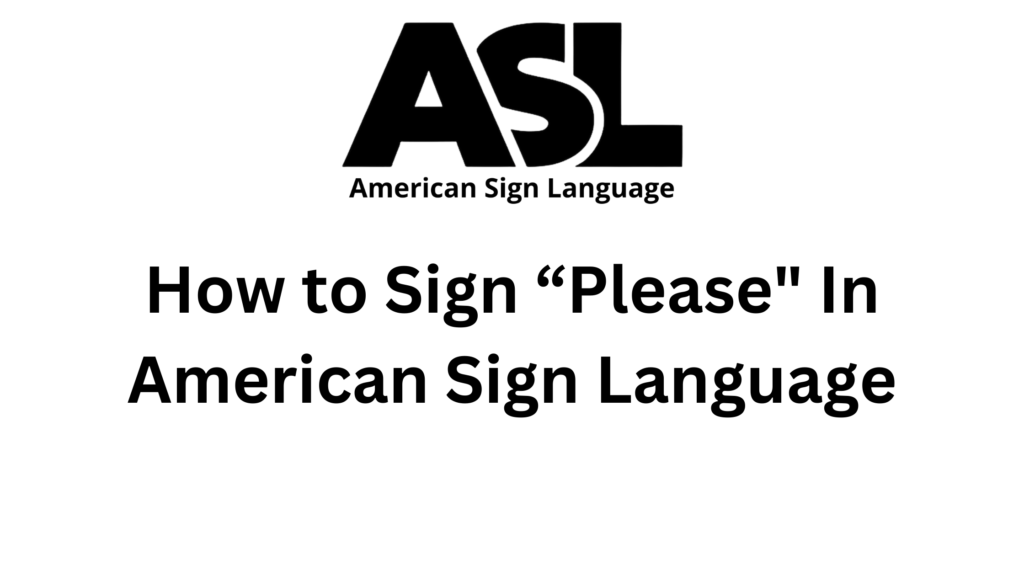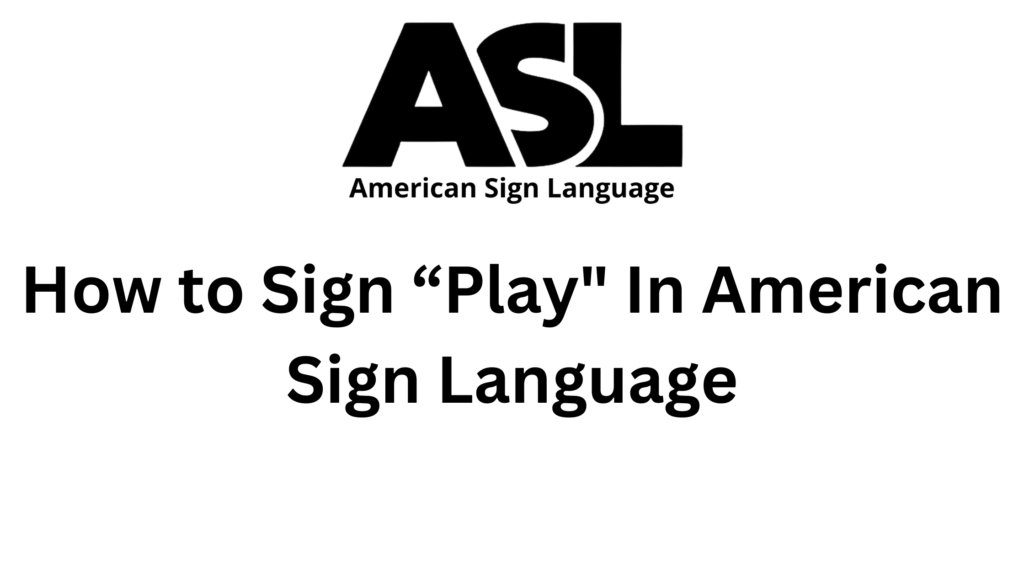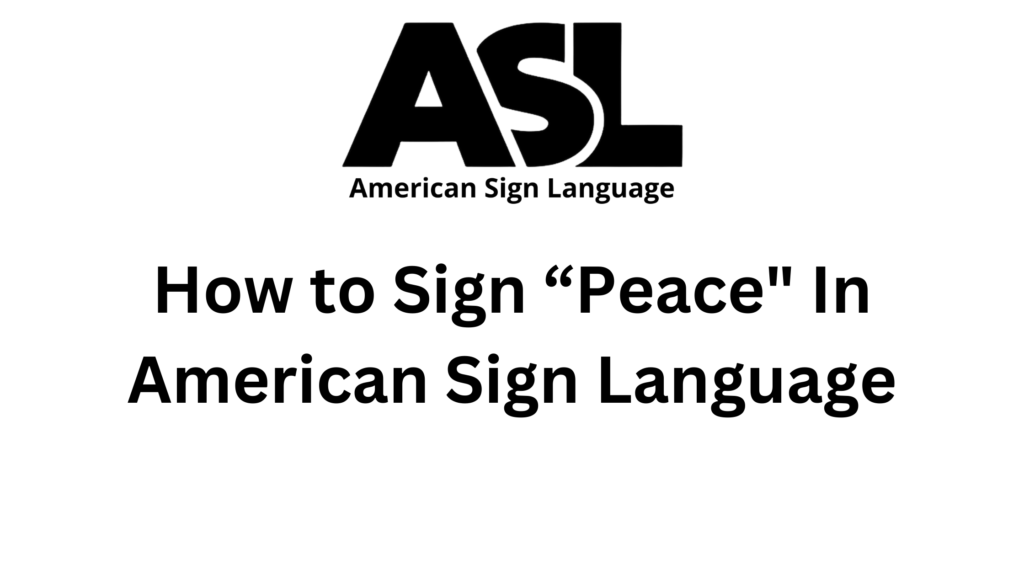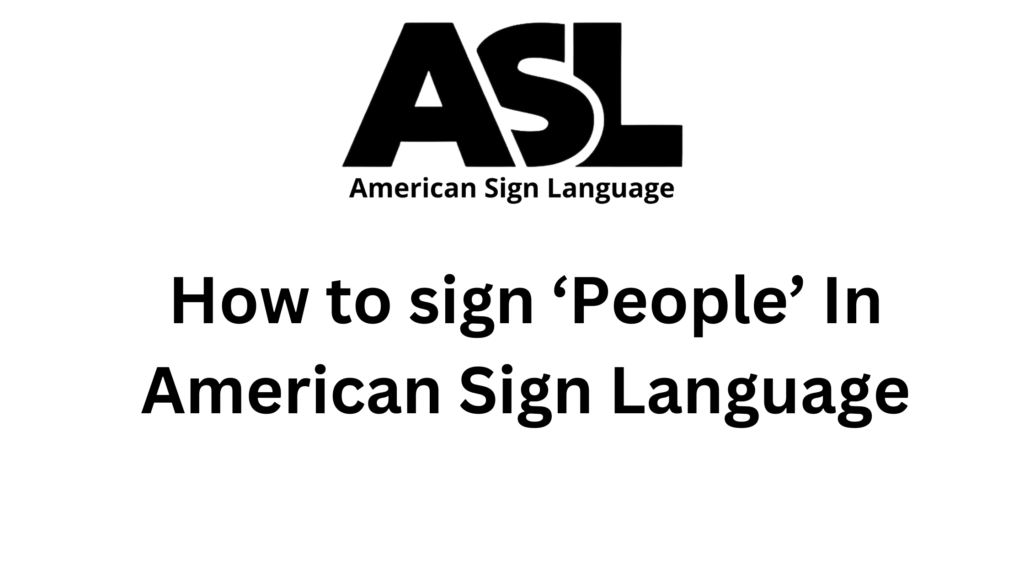Introduction to “p” in ASL
Learning how to sign letters in American Sign Language (ASL) is a fundamental part of mastering the language. Each letter has its own unique handshape and orientation. This guide will focus on the letter “P.” Understanding how to correctly sign “P” will help you spell words and improve your overall ASL skills. This guide will provide a detailed explanation of the basic handshape, step-by-step instructions, facial expressions, and cultural considerations associated with the letter “P” in ASL. Let’s get started.
Basic Handshape and Orientation of “p”
The letter “P” in ASL has a distinct handshape and orientation that you need to learn and practice.
- Handshape: Begin with an open hand. Your fingers should be spread apart. Next, form the “P” handshape by extending your middle and index fingers while tucking the other fingers into your palm.
- Orientation: Your palm should face downward. Your index finger should point outward while your middle finger points downward.
This basic handshape and orientation are crucial for signing “P” correctly. Take your time to practice and perfect this starting position.
Step-by-Step Signing Instructions for “p”
Let’s break down the process of signing “P” into simple, easy-to-follow steps.
- Start Position: Start with your dominant hand. Extend your middle and index fingers. Tuck your thumb over the remaining fingers, which should be curled into your palm.
- Hand Orientation: Rotate your hand so that your palm faces downward. Your index finger will point outward, and your middle finger will point downward.
- Positioning: Position your hand in front of your body, at chest level.
Practice holding this handshape and orientation. Make sure your fingers are clearly positioned and your palm is facing the correct direction.
Facial Expressions and Non-Manual Markers for “p”
While signing letters like “P” doesn’t usually require specific facial expressions or non-manual markers, understanding their importance in ASL can enhance your overall communication skills. Facial expressions in ASL add emotion and context to signs.
- Expression: For letters, a neutral facial expression is typically used.
- Non-Manual Markers: For spelling out words, focus on maintaining a clear and steady handshape.
Although “P” itself doesn’t need a particular facial expression, keeping your face relaxed and neutral helps maintain clarity.
Common Variations and Regional Differences for “p” Sign Language
ASL, like any language, can have variations. These variations might be subtle and region-specific. While the letter “P” generally has a standard form, it’s useful to be aware of potential differences.
- Hand Placement: Some signers might hold the “P” slightly higher or lower depending on their comfort or regional norms.
- Finger Positioning: The angle of the fingers might vary slightly, but the basic shape remains the same.
Understanding and recognizing these variations can help you adapt to different signing styles and improve your communication with a wider range of signers.
Practicing and Politeness for “p” Sign Language
Practice is essential for mastering the letter “P” in ASL. Here are some tips to help you practice effectively:
- Repetition: Practice forming the “P” handshape multiple times a day. Repetition will help you remember the correct form and orientation.
- Mirror Work: Use a mirror to check your handshape and orientation. This visual feedback can help you spot and correct mistakes.
- Peer Practice: Practice with friends or family members who know ASL. They can provide valuable feedback and help you improve.
- Video Recording: Record yourself signing the letter “P.” Watching the recordings can help you identify areas for improvement.
When practicing with others, always be polite and respectful. Asking for feedback kindly and showing appreciation for their help fosters a positive learning environment.
Using “p” in Everyday Situations
Knowing how to sign the letter “P” is useful in various everyday situations. Here are some examples:
- Spelling Names: Use “P” when spelling names that contain the letter “P,” like “Peter” or “Paula.”
- ABCs: Practice the ASL alphabet by signing each letter, including “P,” to improve your fluency.
- Finger Spelling: Use “P” when finger spelling words in conversations.
Using the letter “P” in these contexts helps reinforce your learning and improves your confidence in using ASL.
Additional Signs for “p”
Expanding your ASL vocabulary is important. Here are some additional signs that start with the letter “P”:
- Please: Place your dominant hand flat on your chest and move it in a circular motion.
- Play: Form the “Y” handshape with both hands (thumb and pinky extended, other fingers tucked). Shake your hands slightly.
- Park: Extend your non-dominant hand flat with the palm facing up. Form the “P” handshape with your dominant hand and place it on the flat hand, mimicking a parking action.
Learning these signs will enhance your ability to communicate a wider range of concepts in ASL.
Cultural Considerations of “p” in ASL
Understanding the cultural context of ASL is vital. Here are some cultural considerations related to using the letter “P”:
- Deaf Community: ASL is the primary language of the Deaf community. Showing respect and understanding the cultural nuances is important.
- Context: Use the letter “P” appropriately within conversations. Finger spelling is often used for clarity or when there is no specific sign for a word.
- Politeness: Always be polite and respectful when signing. Good manners and cultural sensitivity go a long way in any language.
Learning about the cultural aspects of ASL enriches your understanding and helps you communicate more effectively.
Conclusion of “p”
Signing the letter “P” in ASL is a fundamental skill. It helps you spell words and improve your overall ASL proficiency. By learning the correct handshape, orientation, and practicing regularly, you can sign “P” accurately. Use this guide to practice and apply the letter “P” in everyday situations. For more resources and guides on ASL, visit our homepage. Keep practicing and expanding your ASL vocabulary. Happy signing!





